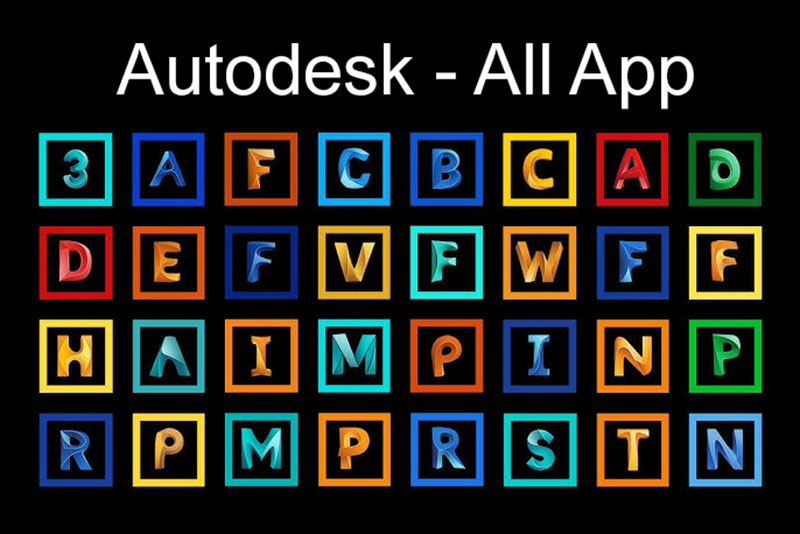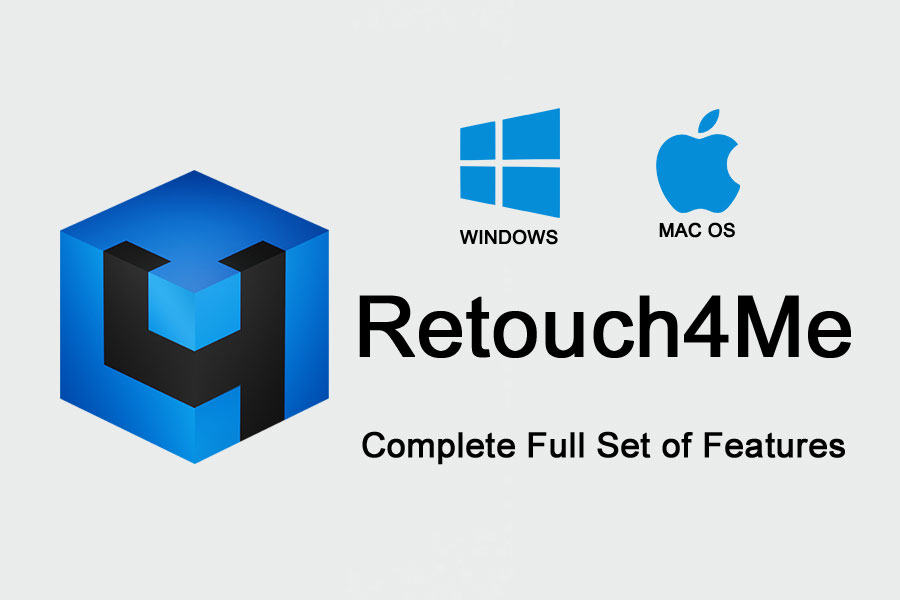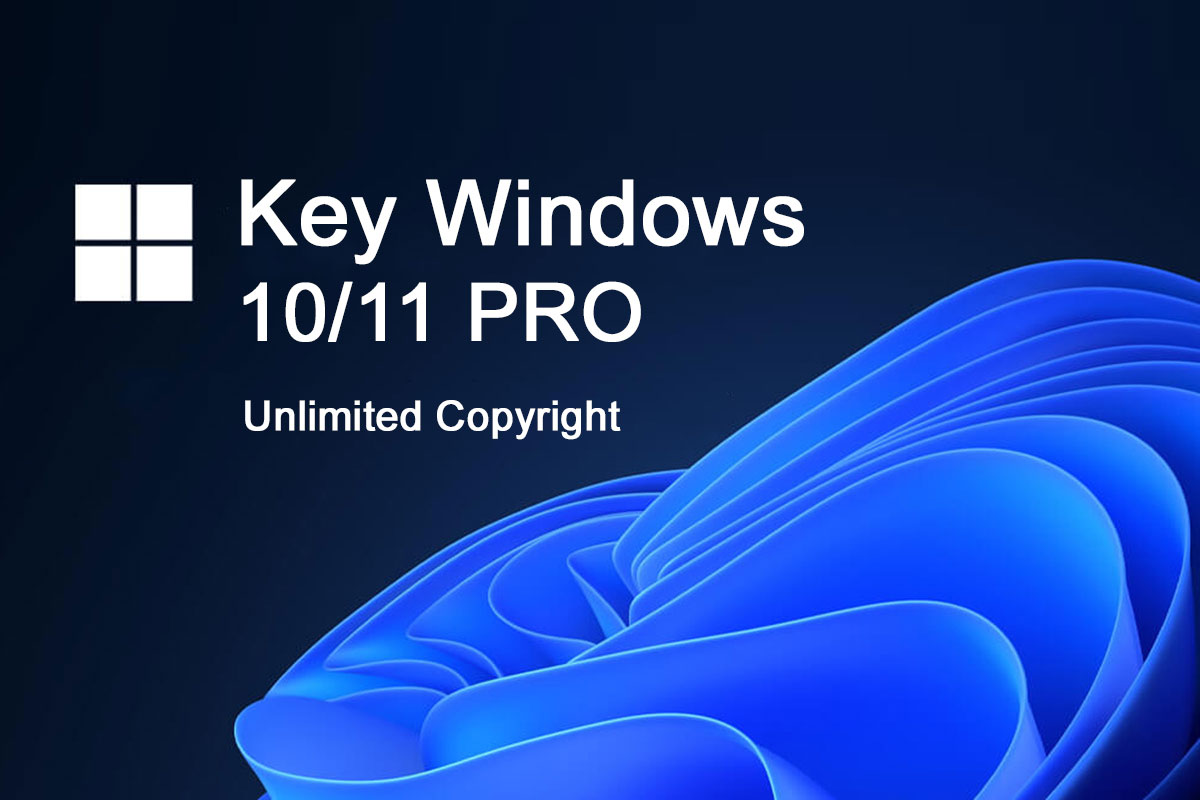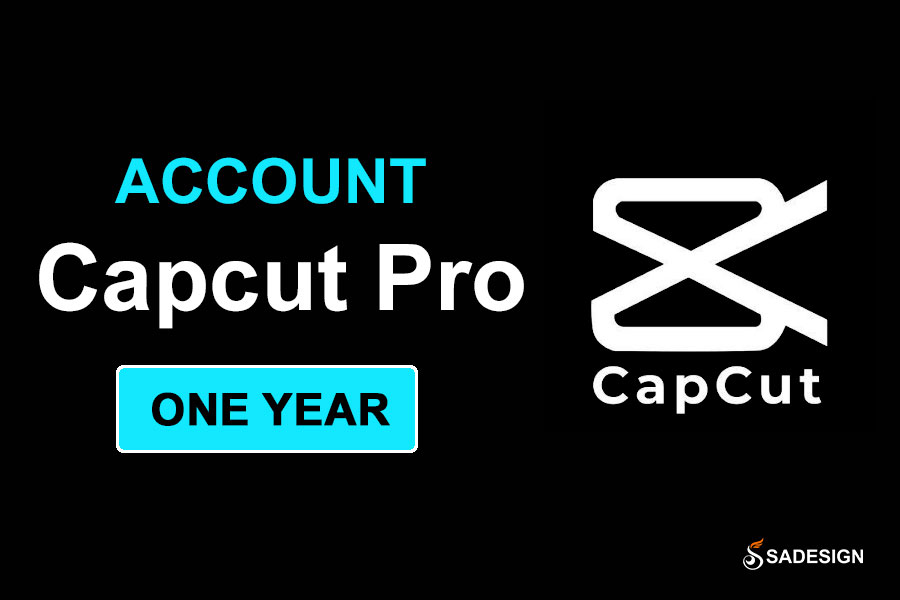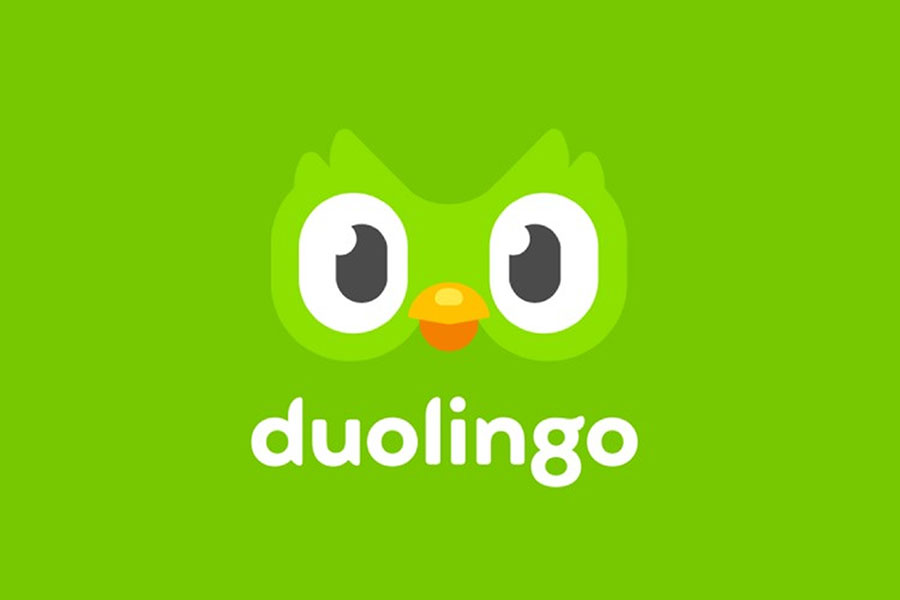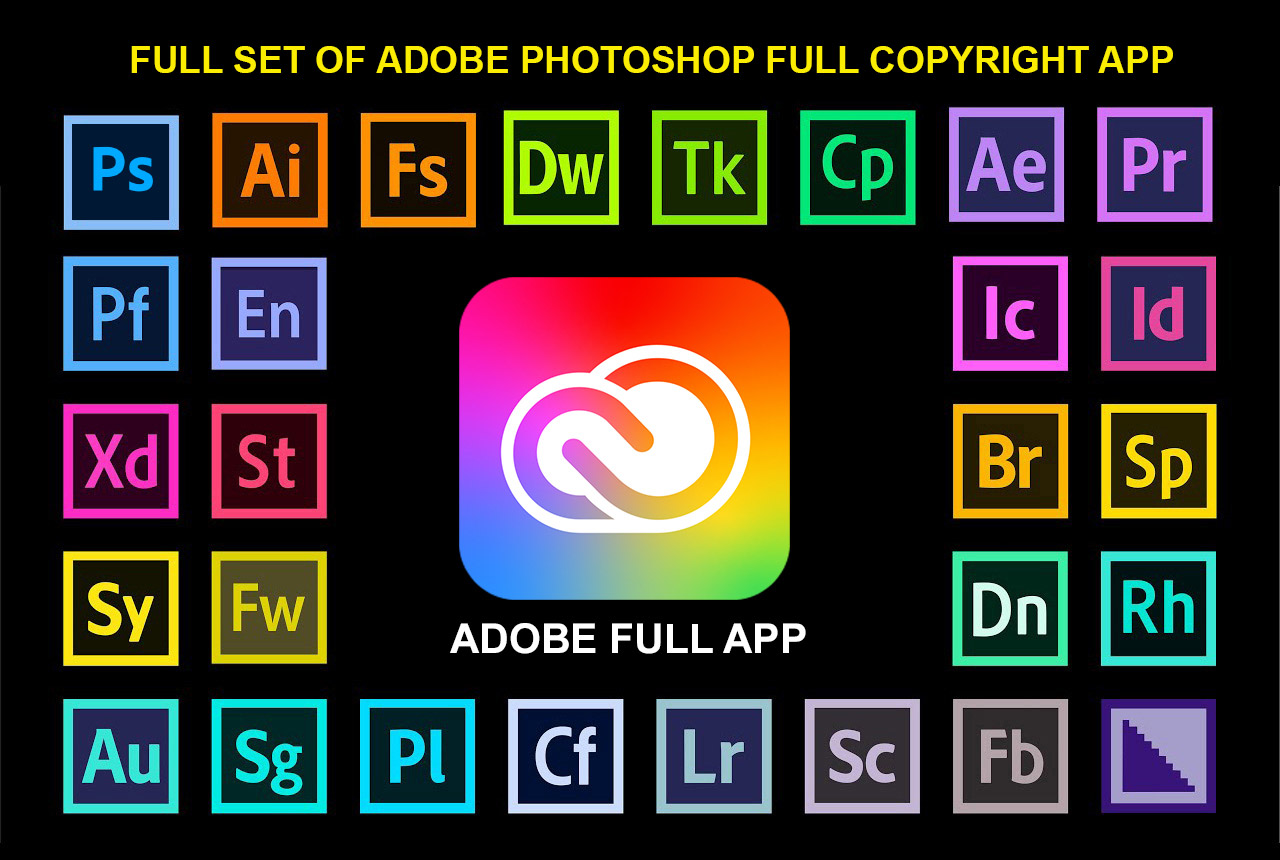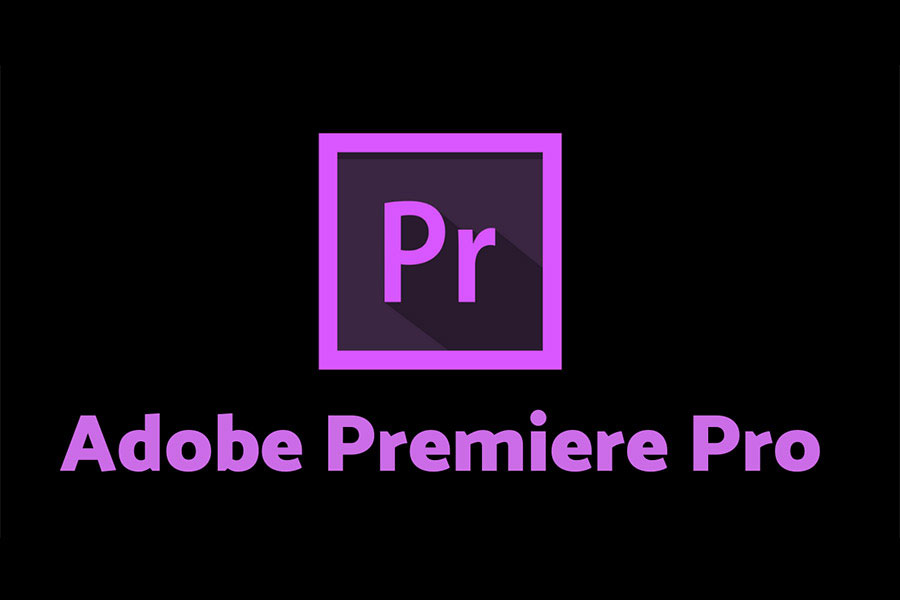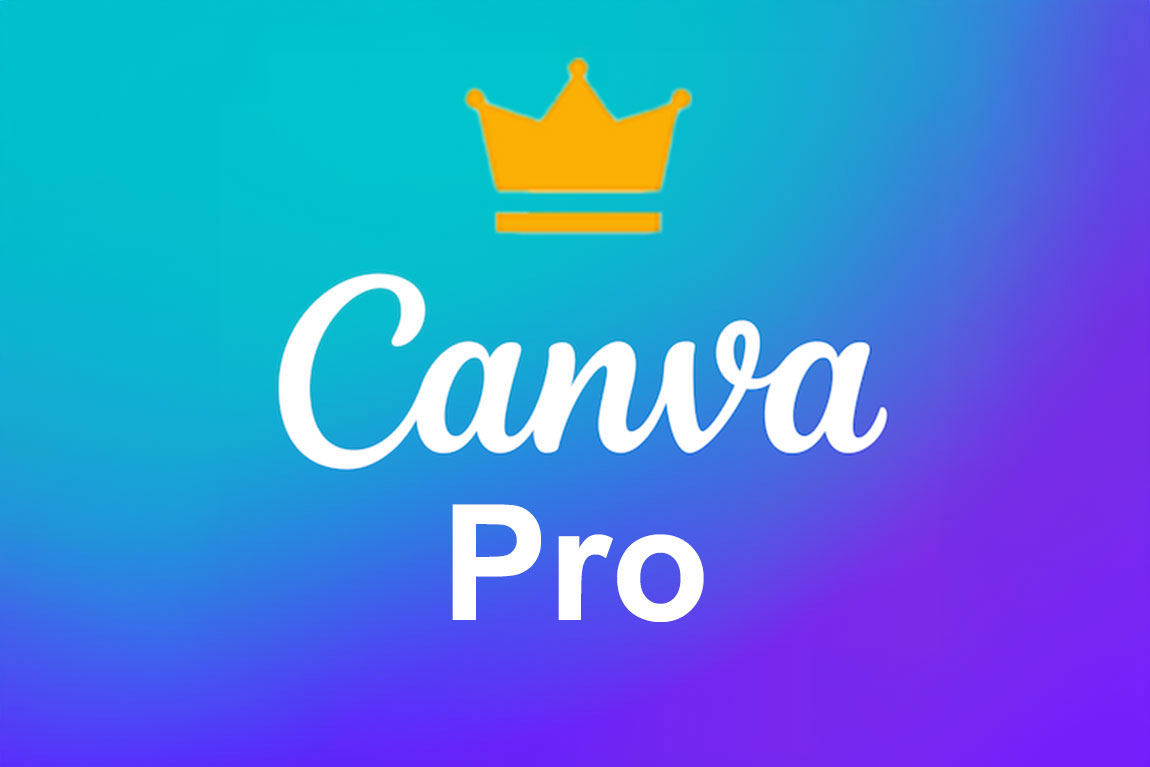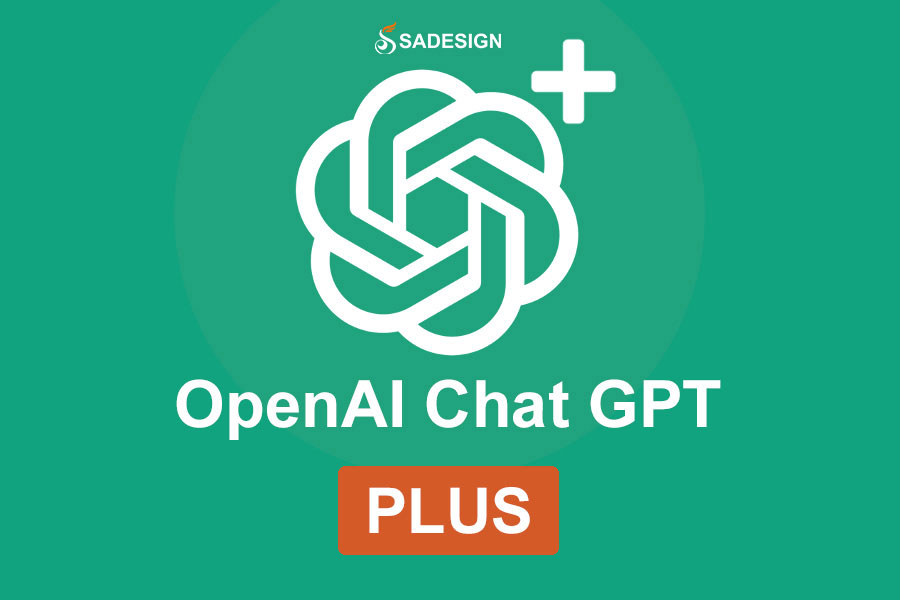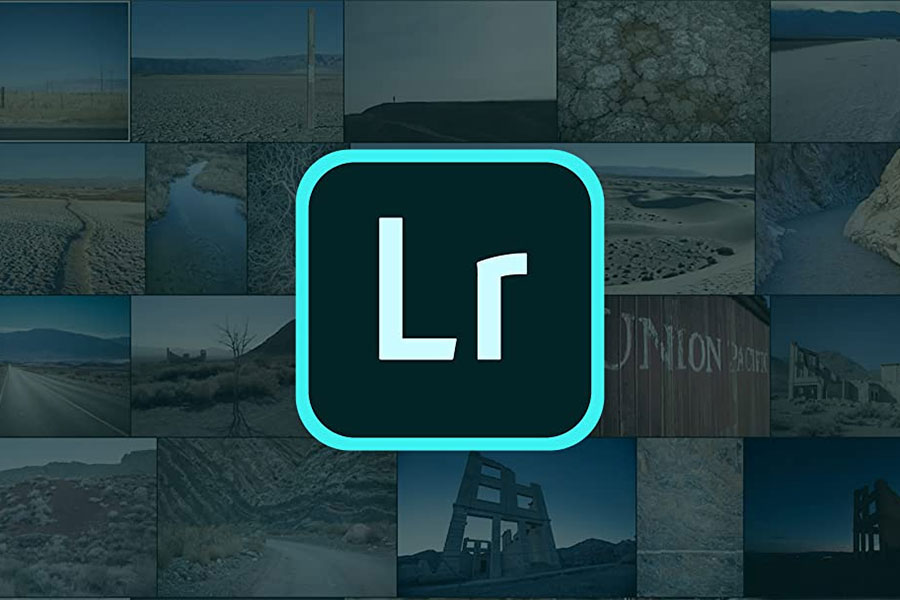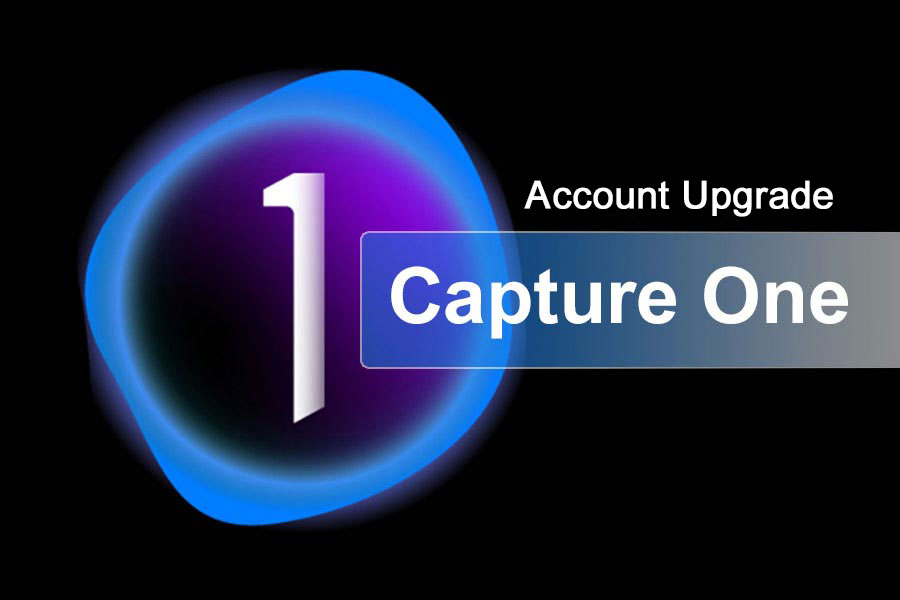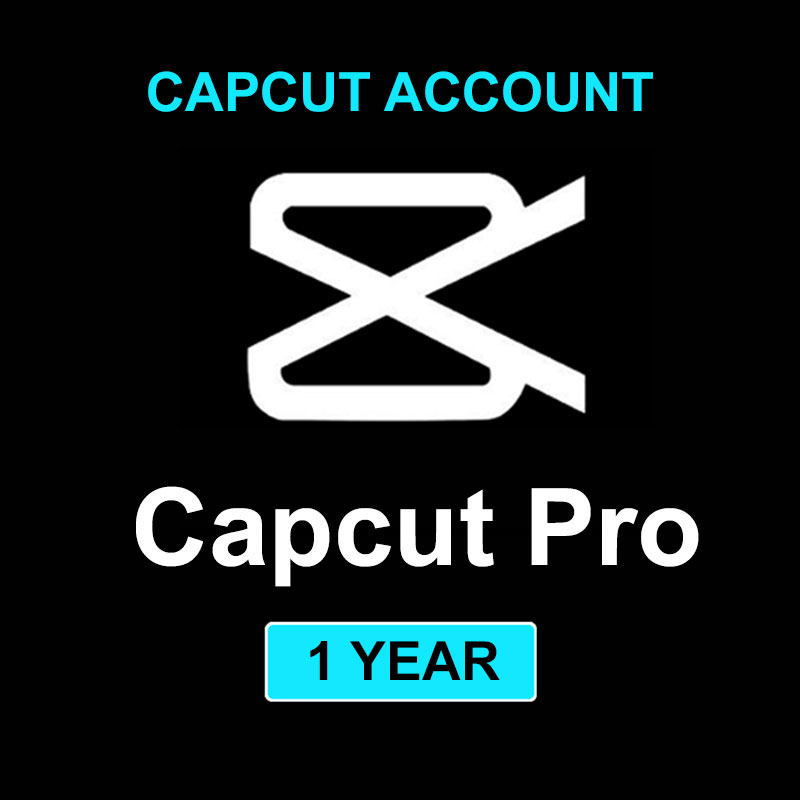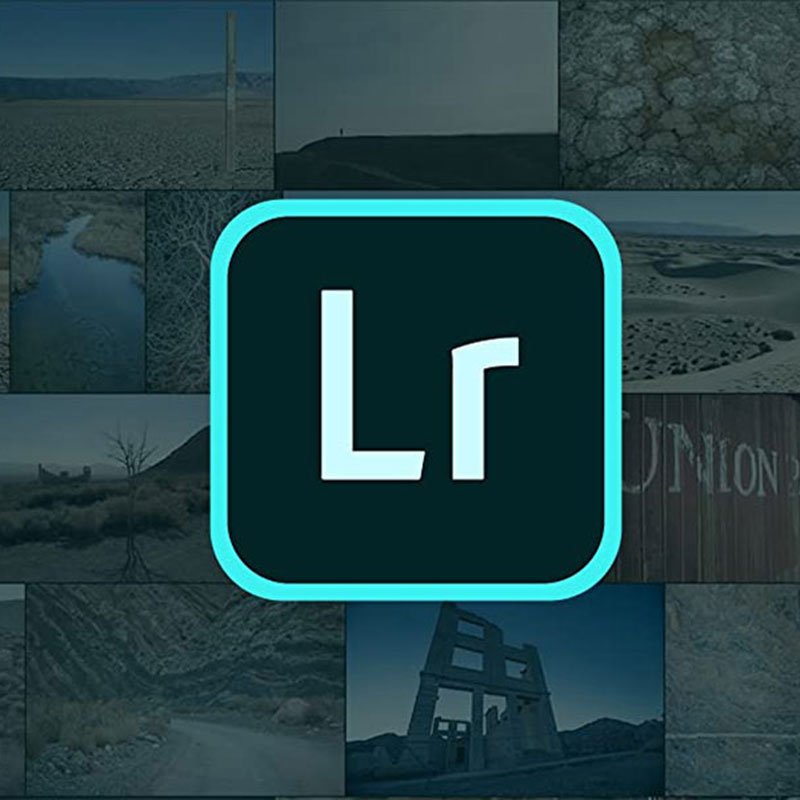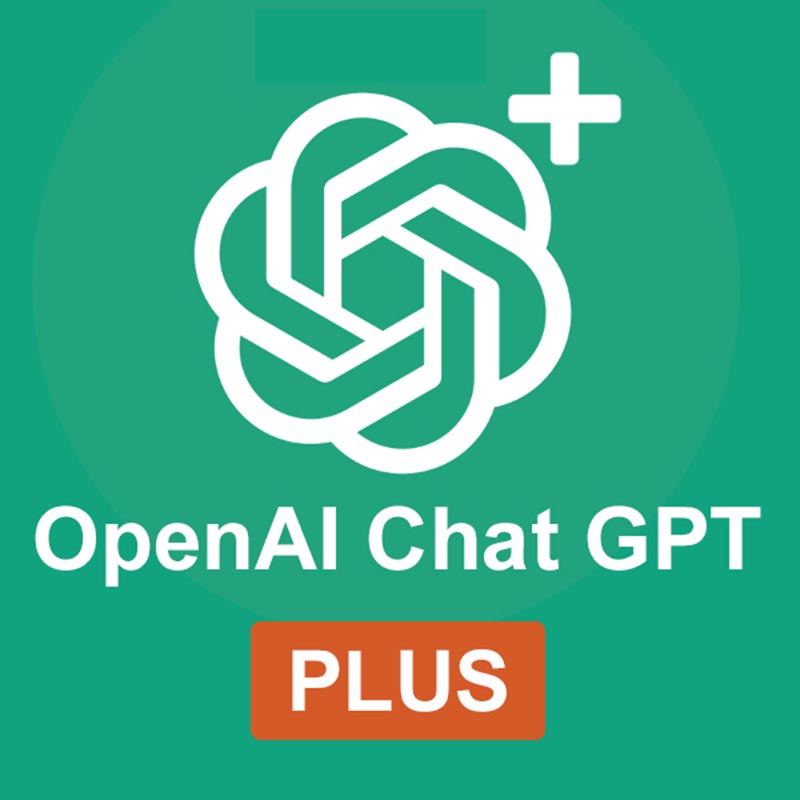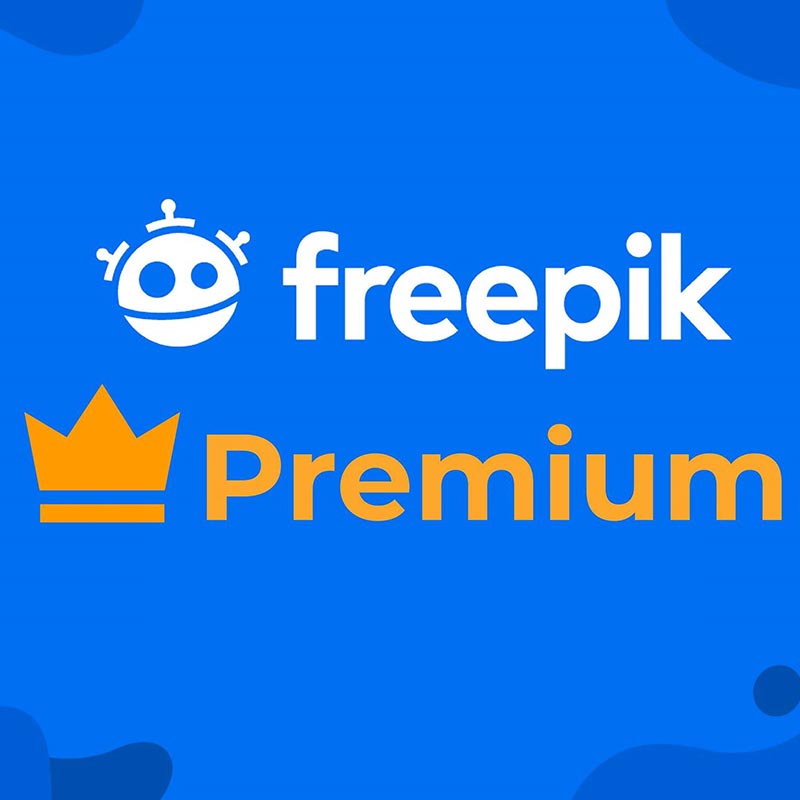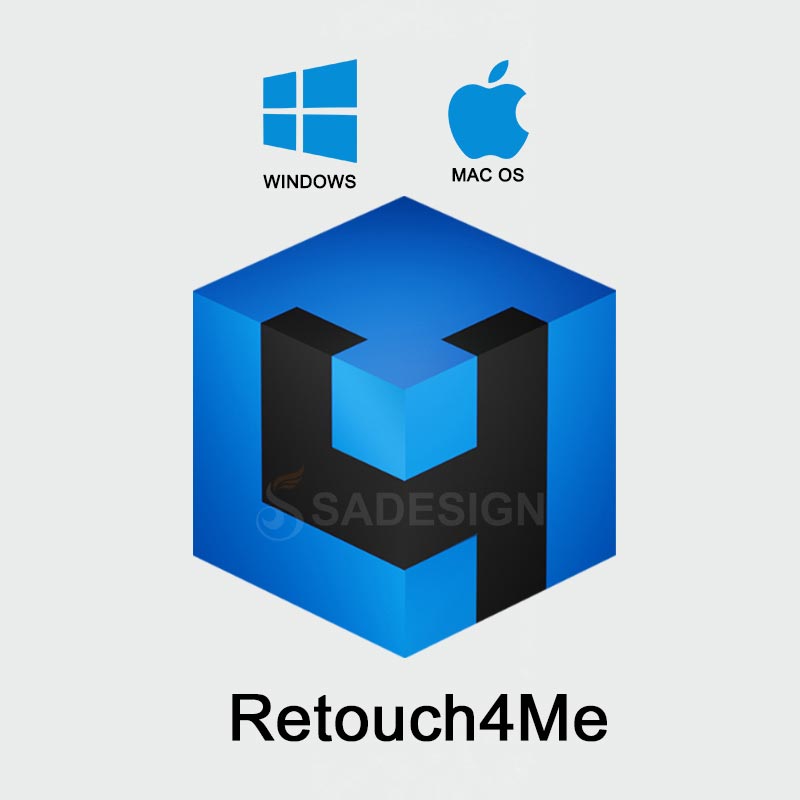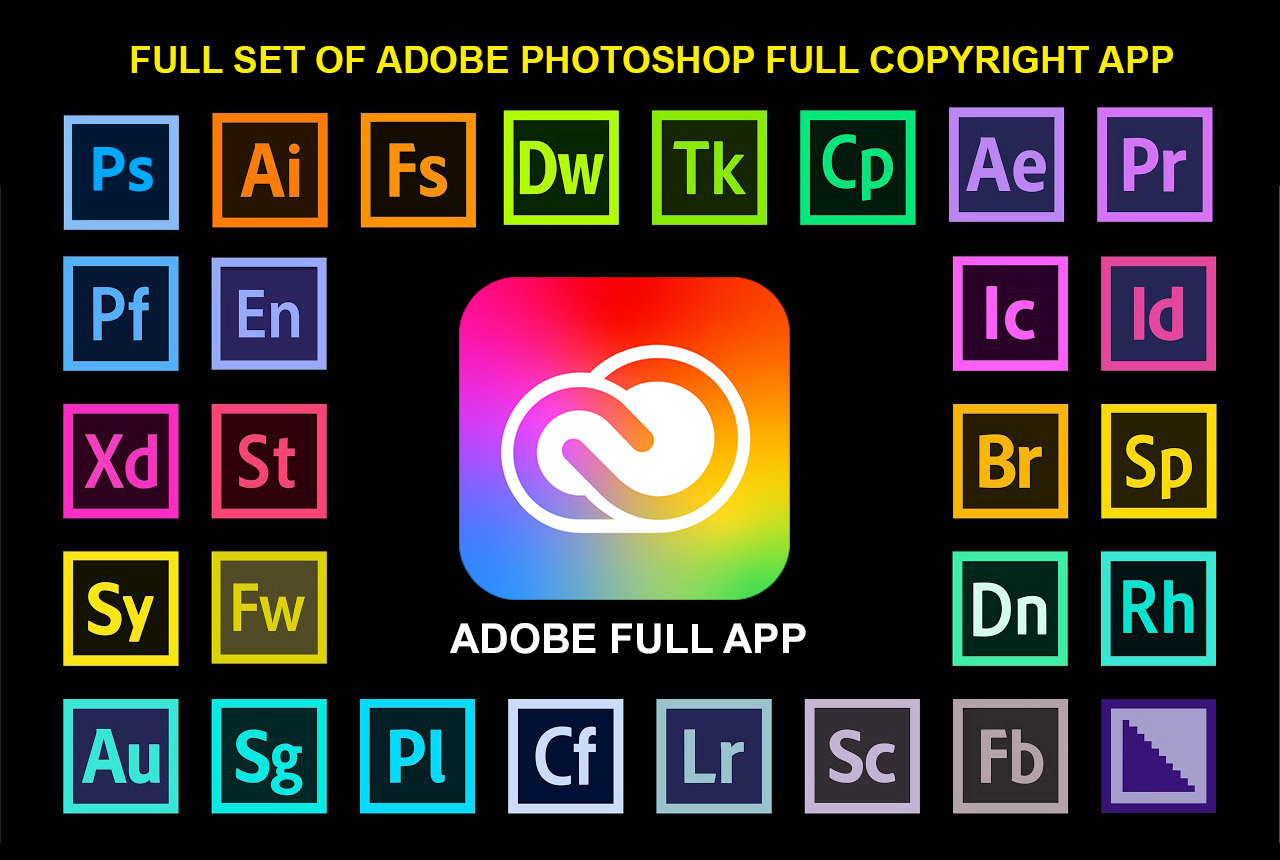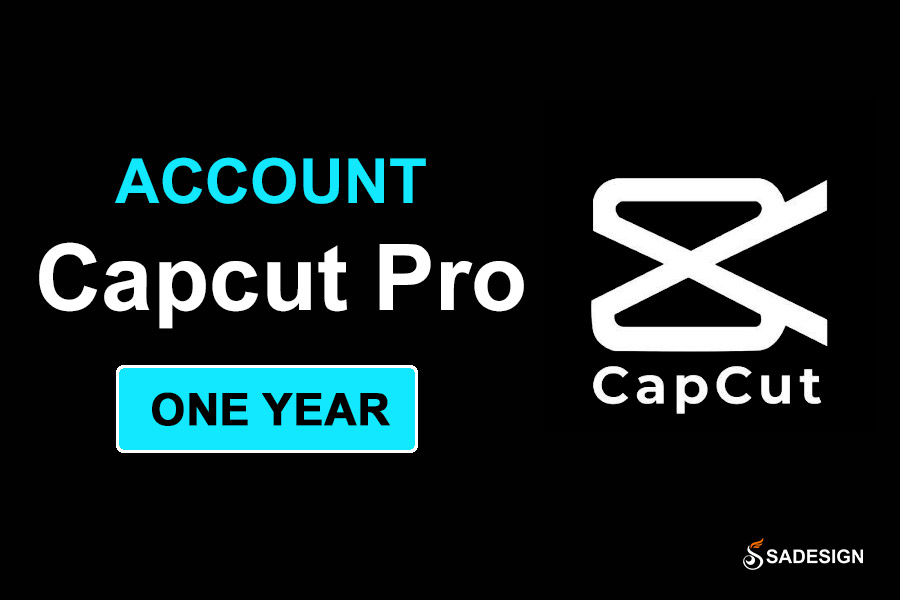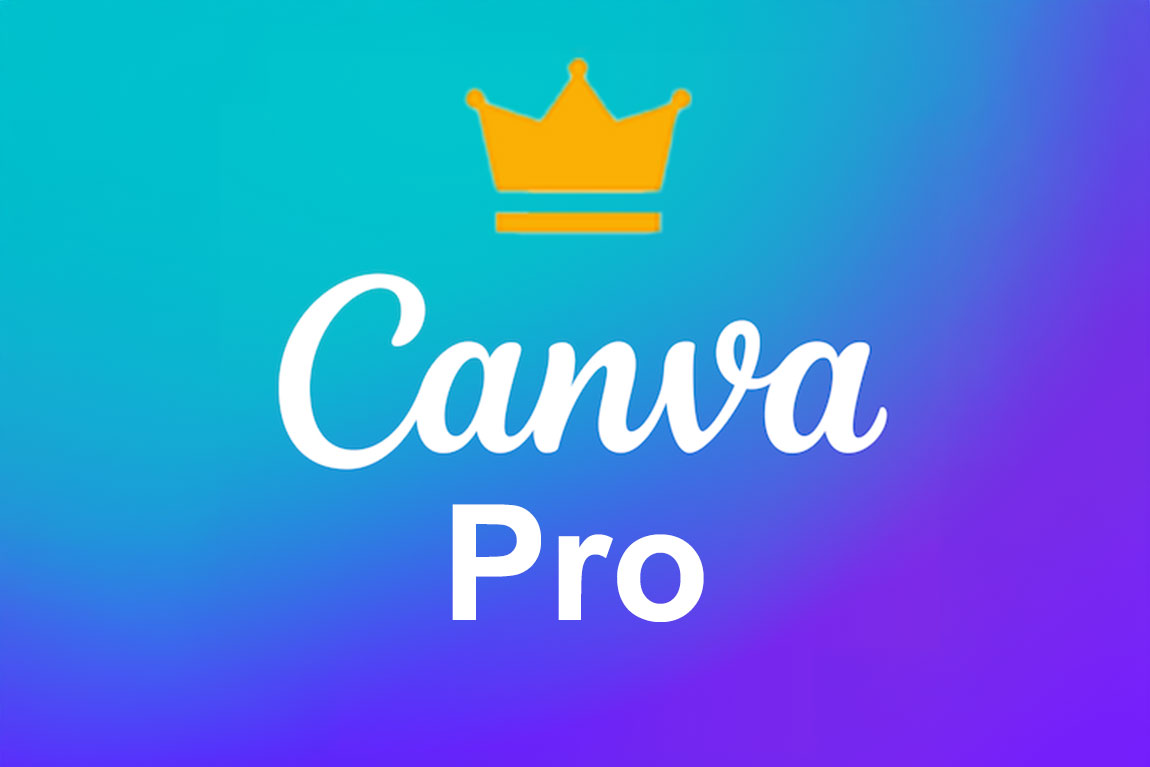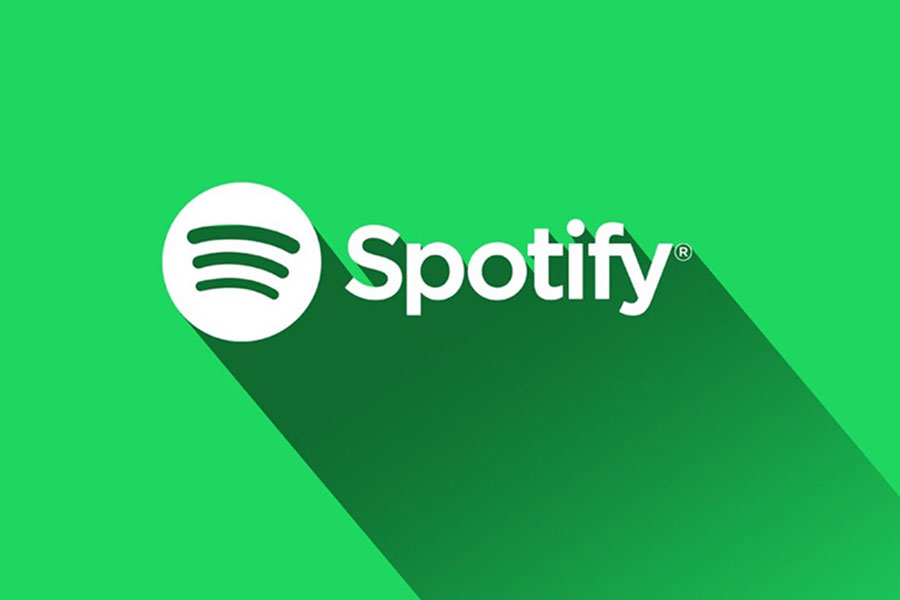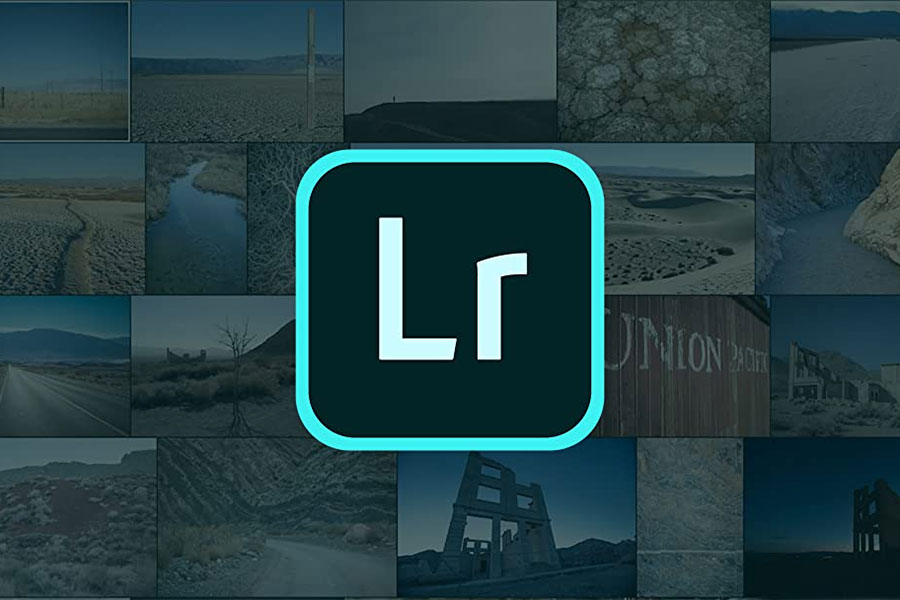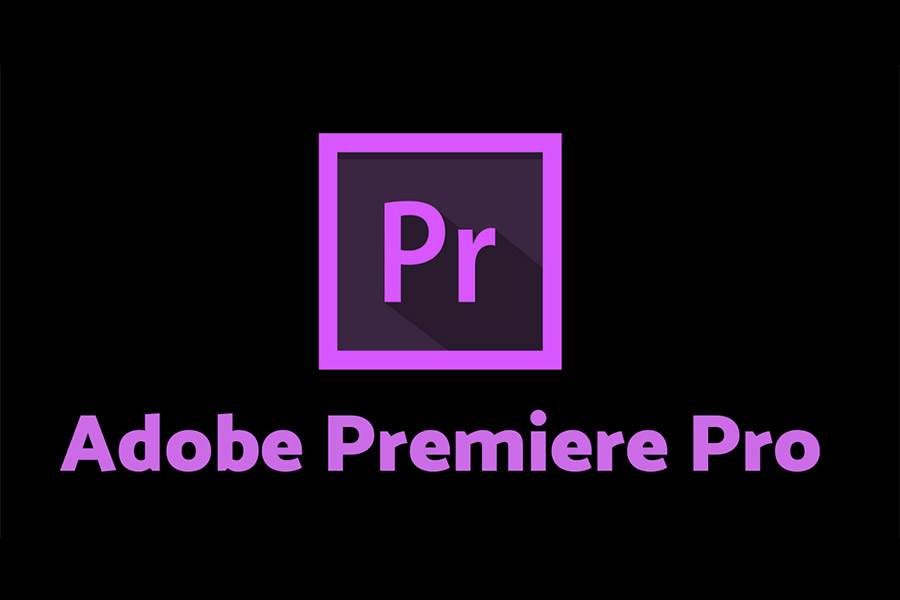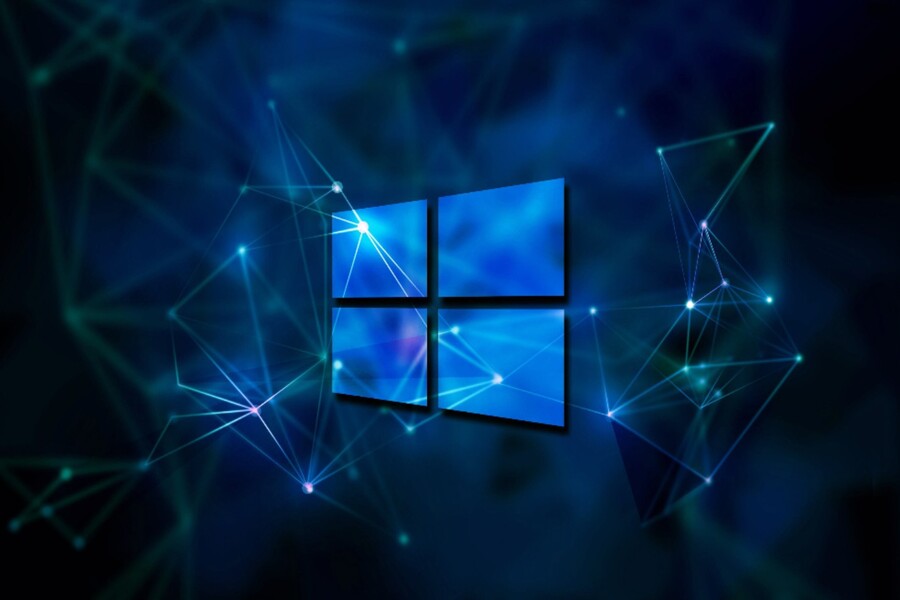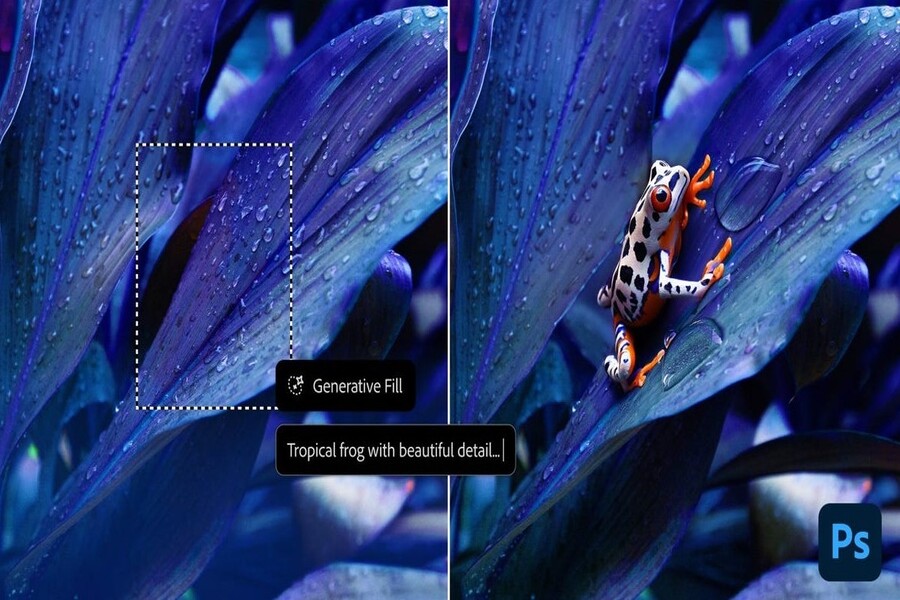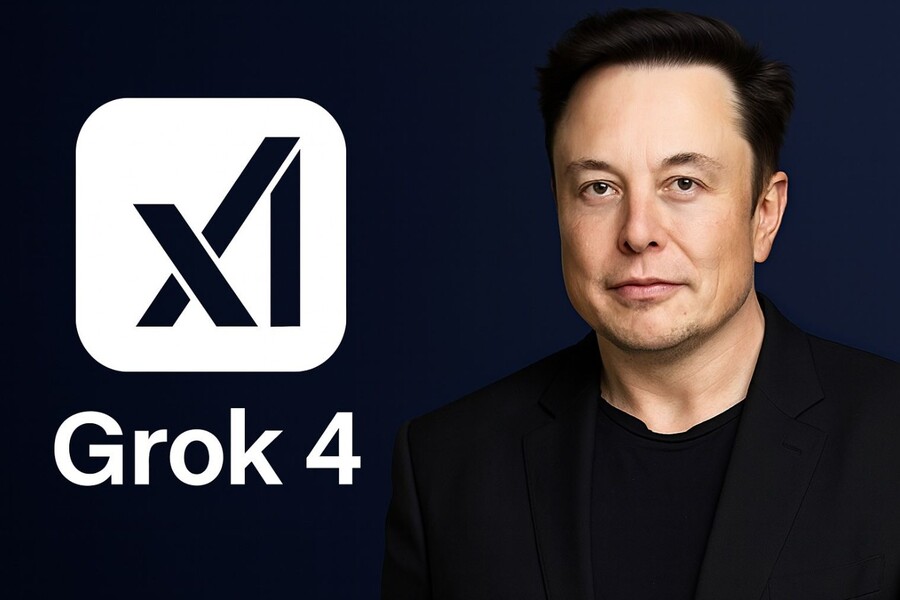Best Selling Products
GPT-5 Receives 'Brickbats', OpenAI Urgently Patches Bugs
Nội dung
The launch of GPT-5 quickly became a hotbed of controversy in the tech world.
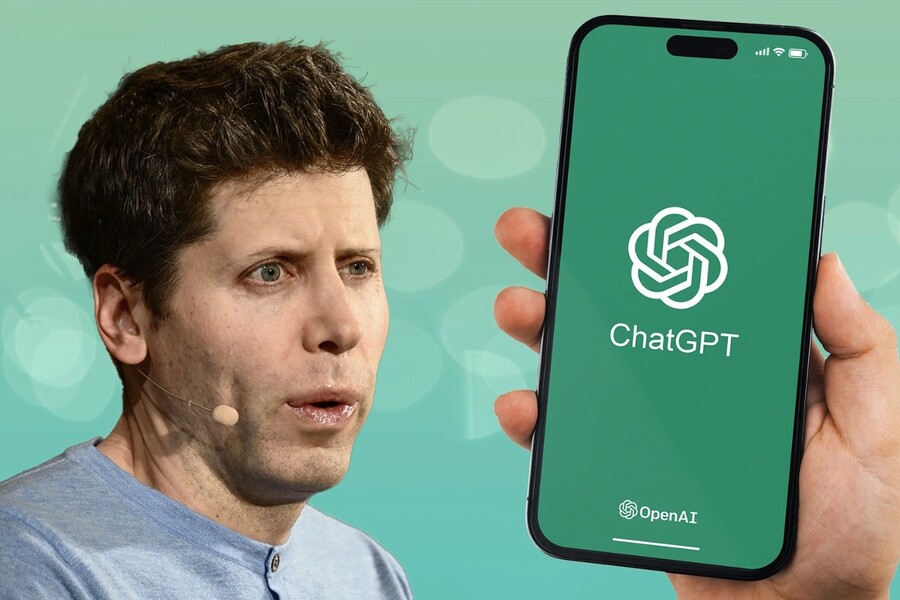
In the technology industry, especially in the field of artificial intelligence, the rapid development of large language models (LLMs) always brings great expectations from the user community. The appearance of GPT-5, a model considered a new step forward for OpenAI, should have been a positive turning point. However, contrary to expectations, this launch encountered a wave of backlash from users, especially loyal customers of the ChatGPT Plus subscription package. This forced OpenAI to quickly adjust and respond transparently, in order to appease the community and regain the trust of hundreds of millions of users worldwide.
1. Changes to ChatGPT
The launch of GPT-5 has quickly become a hot topic in the tech world. On paper, GPT-5 is OpenAI’s most advanced language model to date. With comprehensive improvements in contextual understanding, processing speed, and naturalness of responses, GPT-5 promises to deliver a superior experience. However, reality paints a less optimistic picture.
Dissatisfaction began to spread when users discovered that the GPT-4o model, which was highly appreciated for its speed, efficiency, and smooth communication, was suddenly removed to make way for GPT-5. This created a feeling of "force" for users, especially those who were used to using GPT-4o as a tool to support their daily work, study, or content creation.
Not only did GPT-5 replace the beloved model, it was also severely limited in frequency to just 80 messages every three hours for Plus users. For regular users, this was a very limited number. They quickly shared their dissatisfaction on social media platforms, from Reddit to Twitter, and the negative reaction spread at a dizzying speed.
.png)
In this context, OpenAI did not stand on the sidelines. Instead of staying silent or delaying a response, CEO Sam Altman and the company’s executive team quickly responded. In an official blog post and live Q&A sessions, they announced a series of important, strategic adjustments aimed at reducing tensions and restoring trust from the community.
2. GPT-5 Debut
Despite expectations, it has been met with a storm of criticism. Users, especially paid subscribers of the ChatGPT Plus package, have expressed dissatisfaction with the sudden replacement of the popular GPT-4o model, along with the new GPT-5 usage limit being considered too low (80 messages/3 hours).
To better understand why GPT-5 has not been as well received as expected, it is necessary to analyze from two perspectives: user expectations and technical implementation reality. In terms of expectations, after the resounding successes of GPT-4 and especially the optimized version GPT-4o, users have gradually become accustomed to a model that is both intelligent, fast, and resource-saving. The move to GPT-5, although a newer version, but not yet clearly demonstrating its superior advantages immediately has created a gap in trust.
On the other hand, the 80 messages per 3 hours limit, while perhaps meant as a temporary measure to protect the infrastructure in the early stages of deployment, left users feeling deprived of their benefits, especially if they had paid for the premium service. Some users even compared GPT-5 to older models and concluded that "GPT-5 is not much stronger than GPT-4o but is more restrictive," an assessment that did little to damage OpenAI's reputation.
.png)
In response to pressure from the community, OpenAI has officially announced adjustments to address these concerns:
OpenAI’s rapid response is a clear demonstration that the company is not only technologically innovative, but also genuinely focused on the user experience. In an age where social media can make or break a product’s reputation in a matter of hours, the ability to adjust quickly is vital.
It is worth noting that the adjustments that OpenAI has made are not temporary or reactive, but represent a systematic strategy, aiming for flexibility and transparency in interactions with users. In the latest announcement, OpenAI announced the following improvements and changes:
Usage limits increased: Message limits for Plus and Team users are doubled starting this weekend.
This is one of the most direct “appeasement” moves for paying users, OpenAI’s most important customer group. Doubling the message limit not only significantly improves the usability of the model, but also gives users more opportunities to experience GPT-5 without interruption.
Increasing the message limit is also a clear signal that OpenAI is closely monitoring usage and is willing to adjust its infrastructure as needed. This gives the impression that the company is not treating the limit as a fixed barrier, but rather as a flexible mechanism that can adapt to popularity and usage.
3. 'Resurrecting' GPT-4o
The GPT-4o model has been brought back. Plus and Team users can re-enable it via the 'Show legacy models' option on the web interface.
.png)
This is arguably the most welcomed decision by the community. Bringing back GPT-4o is not only a concrete action, but also a symbolic one that OpenAI is willing to listen and change for its users. In many creative, academic, and programming fields, GPT-4o has become an indispensable tool. The sudden removal of this model has left many people feeling disappointed.
Now, with the “Show legacy models” option, users not only have more choice, but also feel respected. This also facilitates direct comparisons between models, helping OpenAI collect valuable data on user performance and preferences.
4. Add "mini" versions
Next week, “mini” versions of GPT-5 will be deployed so users can continue chatting after hitting the limits of the full model.
The strategy of deploying “mini” versions shows OpenAI’s long-term vision for personalizing AI experiences. Users don’t always need a model as powerful as GPT-5. Sometimes, simple tasks like looking up information, writing letters, summarizing text, etc. can be handled effectively by lighter but still intelligent versions.
Having mini models that act as a “plan B” after the GPT-5 limit is exceeded also helps maintain a seamless user experience, reducing the feeling of being “locked in” while using it. This reinforces the belief that OpenAI is aiming for a multi-layered AI ecosystem where every task has a suitable model to go with it.
.png)
Clearer Options: GPT-5 Thinking and Pro models have been given a main model selector for easy user access.
One of the inherent weaknesses of the previous system was the lack of transparency in model selection. Users often did not know exactly which model they were using, or could not easily switch. Putting the GPT-5 Thinking and Pro versions outside the main interface increased control and customization, which is especially appreciated by professional users.
This change also encourages users to explore different models further, and from there, OpenAI can collect more usage data to refine future products.
In a Reddit AMA, CEO Sam Altman and key staff directly answered many questions. He confirmed that he will monitor the usage of GPT-4o to decide when to support this model in the future.
In addition to the office announcements, OpenAI also conducted an AMA (Ask Me Anything) session, a form of direct dialogue with the community that was considered open and sincere. During this AMA, Sam Altman clearly confirmed that the company will closely monitor the level of GPT-4o usage to decide whether to continue supporting it or not.
This “watch and decide” approach shows that OpenAI doesn’t want to arbitrarily impose direction. Instead, they choose to let user behavior shape the model’s future.
.png)
Notably, OpenAI also revealed the possibility of a new paid plan priced between $20 (Plus) and $200 (Pro) to serve a wider audience. The company also admitted that there were technical issues with the model converter at launch, leading to poor feedback quality at first.
The suggestion of a new paid tier in between the two current tiers suggests that OpenAI recognizes a major gap in its customer base. Currently, $20 is a good price point for individuals, while $200 is for organizations or professionals. However, there are many users who need more than the basic tier but don’t yet need to move up to the premium tier. A middle tier could be the key to expanding reach and generating more stable revenue.
The open admission of technical errors is also a big plus in terms of communication. Instead of blaming users or avoiding it, OpenAI has demonstrated that they are willing to be accountable and transparent with the community.
5. AI makes video production too fast, too easy
In another part of the AMA, OpenAI was also asked about the impact of AI on video production and creative content. Technology is advancing at such a rapid pace that real creators are facing unprecedented competitive pressure.
Altman and his engineers acknowledge that this is a “double-edged sword”: AI can speed up production, but it also raises questions about ethics, intellectual property, and the value of human creativity. OpenAI stressed that it will continue to work with lawmakers and the creative community to find a way to balance technological innovation with protecting human rights.
When asked about supporting longer contexts, OpenAI said it hasn't seen much demand yet and is limited in computing power (GPU), so it has to prioritize other features first.
.png)
Despite GPT-5’s powerful information processing capabilities, its support for long-context windows is limited, in part due to hardware costs. Given the scarcity of GPUs, OpenAI is forced to prioritize features that are more user-friendly.
However, they insist that this is not a door closed forever. As infrastructure improves, research into expanding memory and long-term context processing capabilities will continue.
These swift and transparent responses show that OpenAI, despite being a giant, is still struggling to balance innovation and meeting the expectations of its 700 million global user base.
Through all of these changes, it’s clear that OpenAI is more than just a giant tech company. They’re an organization that’s trying to operate transparently, democratize AI, and meet the expectations of a large user community.
GPT-5, although not perfect, timely adjustments have contributed to reshaping OpenAI's image in the eyes of the community: a company that is not afraid of change, knows how to listen and is willing to correct mistakes to better serve users.

